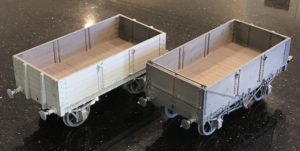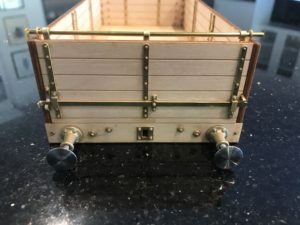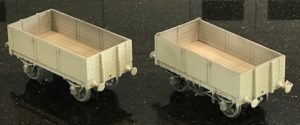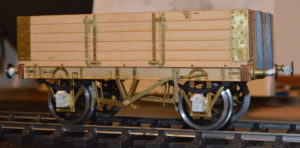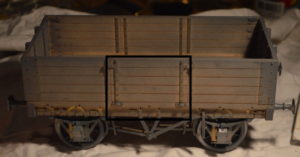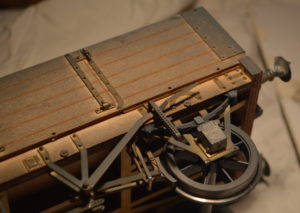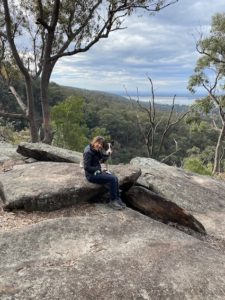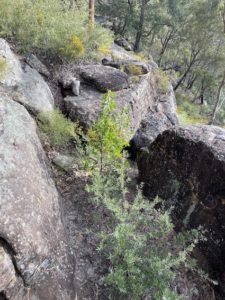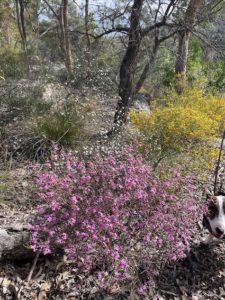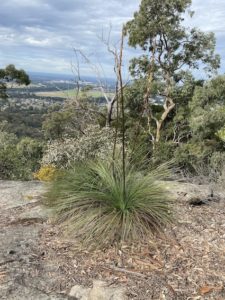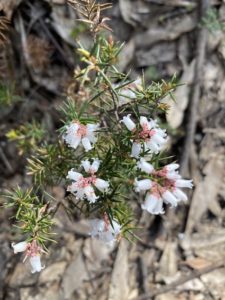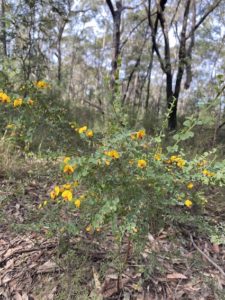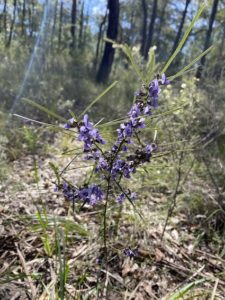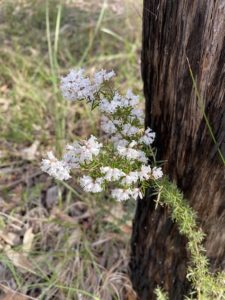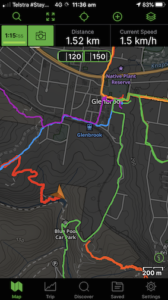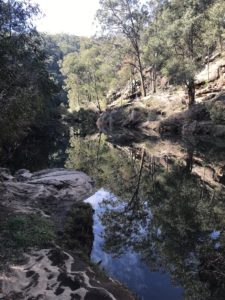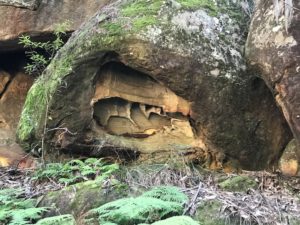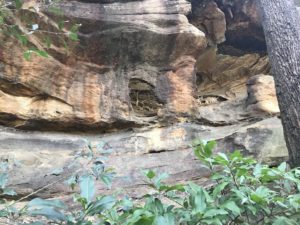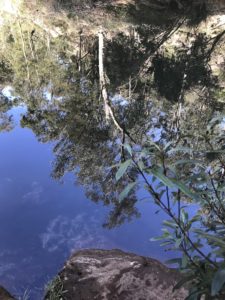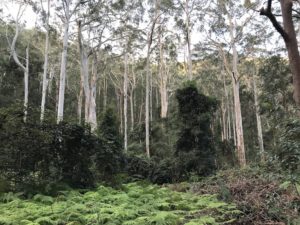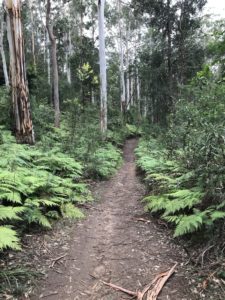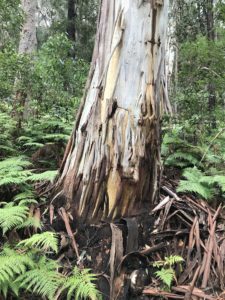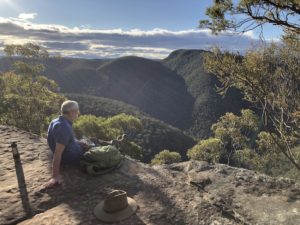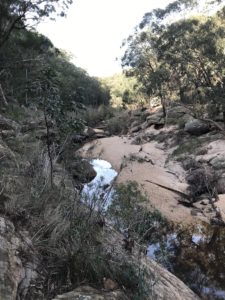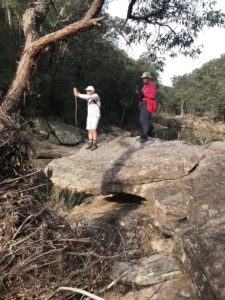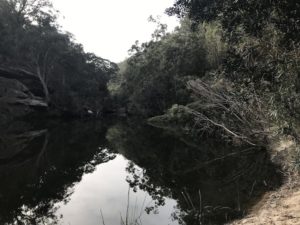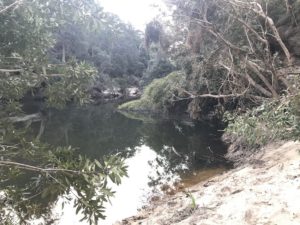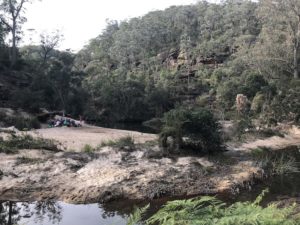Even before finishing my D299 wagon I have started my Slater’s kit of a D351 wagon. Also, I haven’t even finished my model of the MR flat wagon D336. There are reasons for this, but it’s mostly that I simply like the construction phase and the painting is less pleasurable. As for adding the lettering – well that’s just stressful!
Here are the two wagons. The one on the right is the newly-constructed D351. The only difference between the wagons was the end-door. When this pic. was taken I had only put primer on the D351 though.
So this weekend I have airbrushed the wagons so that they look very similar. One will have brakes on only one side (see the left-hand wagon on this picture, as most did until the 1930s. The other will have brakes both sides. Slightly different lighting makes them look cream-coloured but they are both Midland-grey!
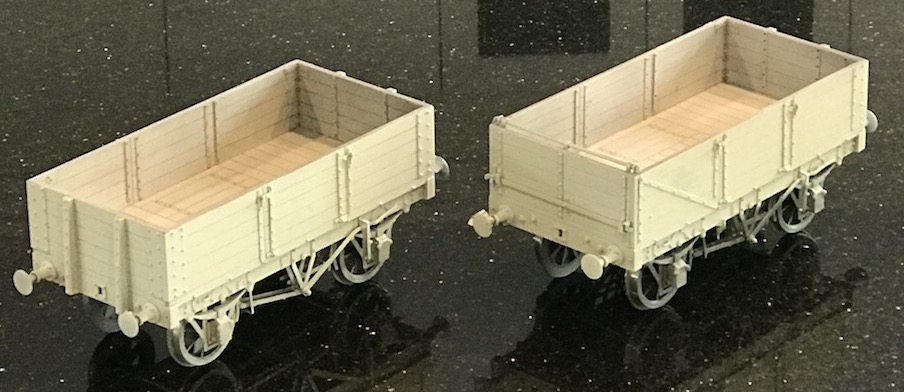 Clearly the two wagons are very similar and the Slaters kits mean that making the second one is a lot easier. The detail on these kits is astounding.
Clearly the two wagons are very similar and the Slaters kits mean that making the second one is a lot easier. The detail on these kits is astounding.
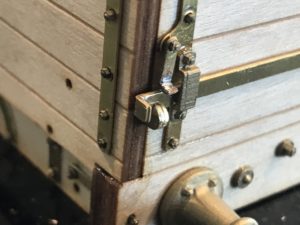 These are pictures of the end-door version (D351) – the catches to hold the end-door closed.
These are pictures of the end-door version (D351) – the catches to hold the end-door closed.
I suppose that this is why I find the kits so satisfying to make. The catches almost look as though they would work!
So there you are – next will nearly complete, I guess …


